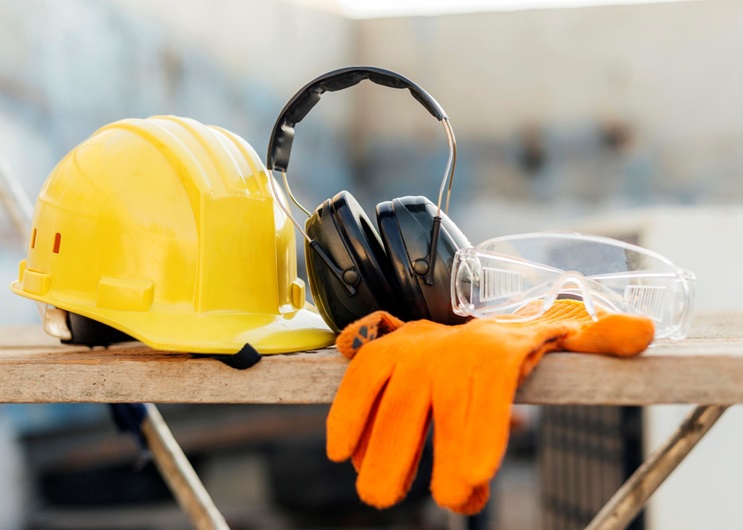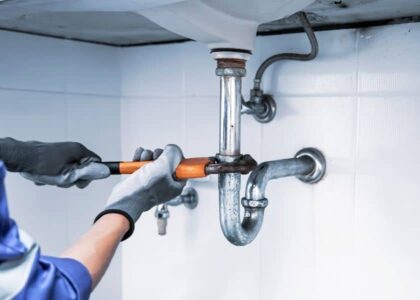Choosing the correct caster for material handling carts and equipment decreases physical overexertion and work injuries resulting in decreased worker compensation claims. This increases associate morale, lowers production costs, and maximizes productivity. Shock-reducing casters allow for smoother movement of carts and equipment over rough surfaces. This reduces shock and vibration as well as noise.
Reduced Body Roll
A caster is an attachment that mounts to the underside of equipment, carts, and furniture, enabling relatively easy rolling movement. Generally, they come in a range of load limits, wheel materials, and mountings to allow them to be installed on a wide array of equipment and apparatus. Shock reducing casters feature specialized mechanisms that mitigate vibrations and shocks during equipment movement. This caster type is often used for medical equipment, carts, sensitive diagnostic and electronic equipment, computer mainframes and towers, and other applications. This caster is designed for use with a wide range of floor conditions, from smooth plant floors to those with various levels of debris and dirt. It uses elastomer springs built directly into the wheel’s core, eliminating the shortening of standard metal springs and dampening the shock load for a smoother ride.
Reduced Noise
Noise is a significant factor in workplace accidents and employee stress. Exposure to high noise levels can result in hearing loss, so workplaces must reduce the amount of noise they produce. Choosing the right caster for a plant or distribution center’s ergonomic needs can decrease the overexertion of work injuries. The proper caster can also help lower the costs of MRO (maintenance, repair, and overhaul). Choosing a caster with the correct springs for a specific load weight will minimize a plant’s maintenance, greasing, and replacement costs. It can also reduce the risk of caster failure due to corrosion and bearing damage.
Reduced Vibration
Using shock-reducing casters can drastically reduce back strain for workers who spend long periods pushing and pulling carts. Reducing serious overexertion injuries that result in lost workdays can cut overall worker compensation costs for employers. Casters with different tread materials and designs could significantly improve seat vibration exposures depending on the surface. For instance, a study should compare the performance of various types of casters on paved and rough surfaces to determine optimal caster tread material formulations for both damping and resistance to abrasion. Plant and distribution center maintenance teams likely have higher priorities than changing, greasing, and running casters. Choosing the right application-specific caster can save these busy teams valuable time and resources. Choose a caster with a swivel lead extended from the kingpin to the axle for reduced push-pull forces and maneuverability.
Reduced Overload
A caster is a wheeled device mounted on the underside of a cart or other equipment that allows it to roll relatively easily. Casters are available in various sizes and capacities to accommodate light to heavy-duty applications. Plate casters are the most common type of mounting method. They feature a flat top plate with holes to bolt the caster onto a unit, such as an industrial cart or other equipment. Workplace overload can take many forms. It may manifest as irritability in co-workers or a decline in team camaraderie and can have serious productivity consequences for the entire business. Employees who experience this type of stress are also at increased risk for workplace accidents.
Increased Safety
Noise pollution on manufacturing plant floors is a significant concern addressed by various health and safety associations. The good news is that casters can significantly dampen the jolt of a cart or rack in motion, reducing workplace noise. Designed with elastomer springs built right into their core, they reduce noise and vibration while mitigating impact shock to equipment. This results in less back strain when pushing or pulling heavy loads – a leading cause of workers’ compensation injuries that collectively cost companies $15 billion annually.






